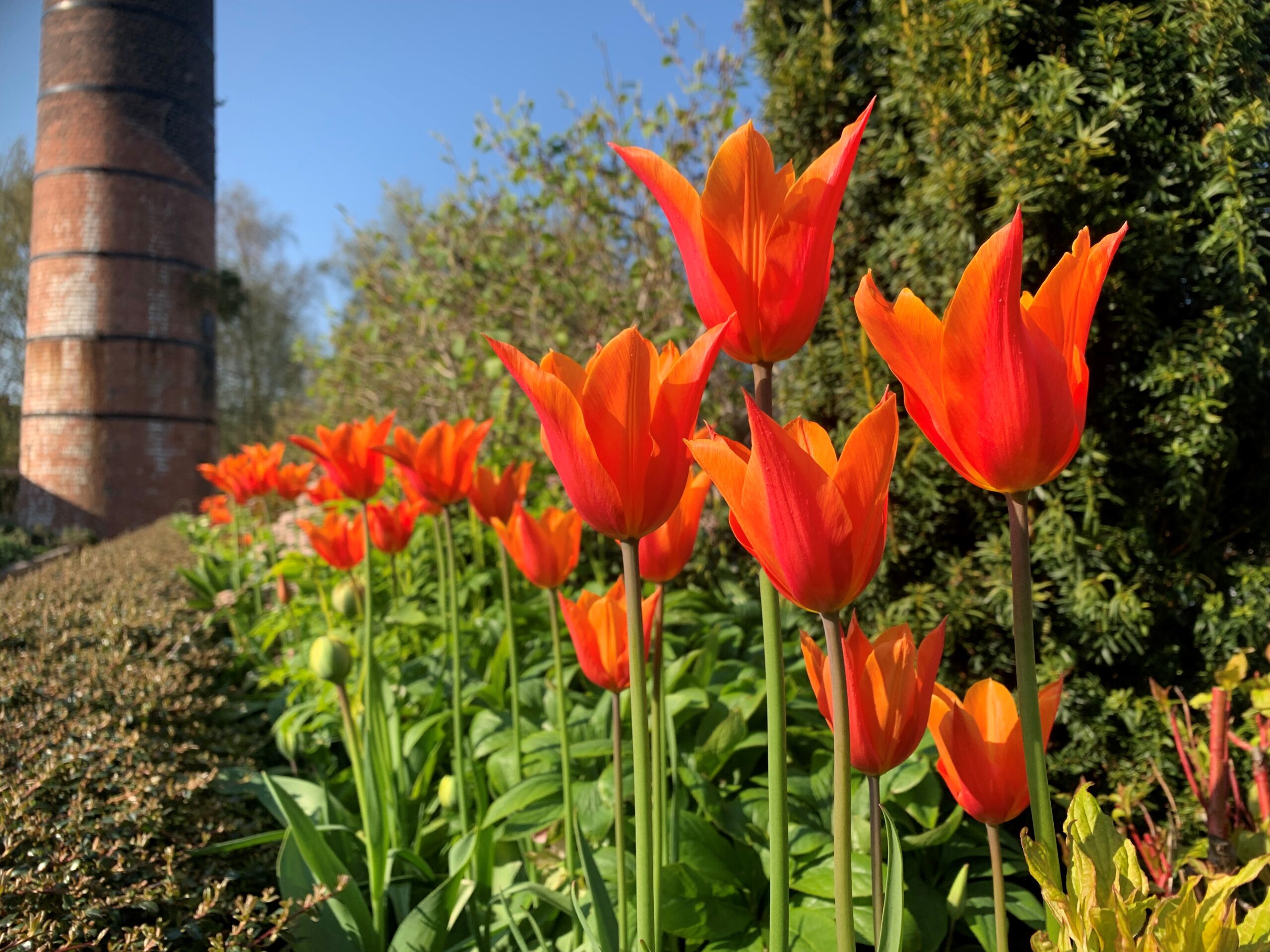Although the weather has continued to be unsettled – cold nights, windy days – the sun is stronger and there’s sometimes warmth through the cloud. We are enjoying the cheery tulips and the blossom on the espalier fruit trees, apple following the pear, visited by pollinators like this Early Bumblebee, ensuring a good crop later in the year.
Garden news
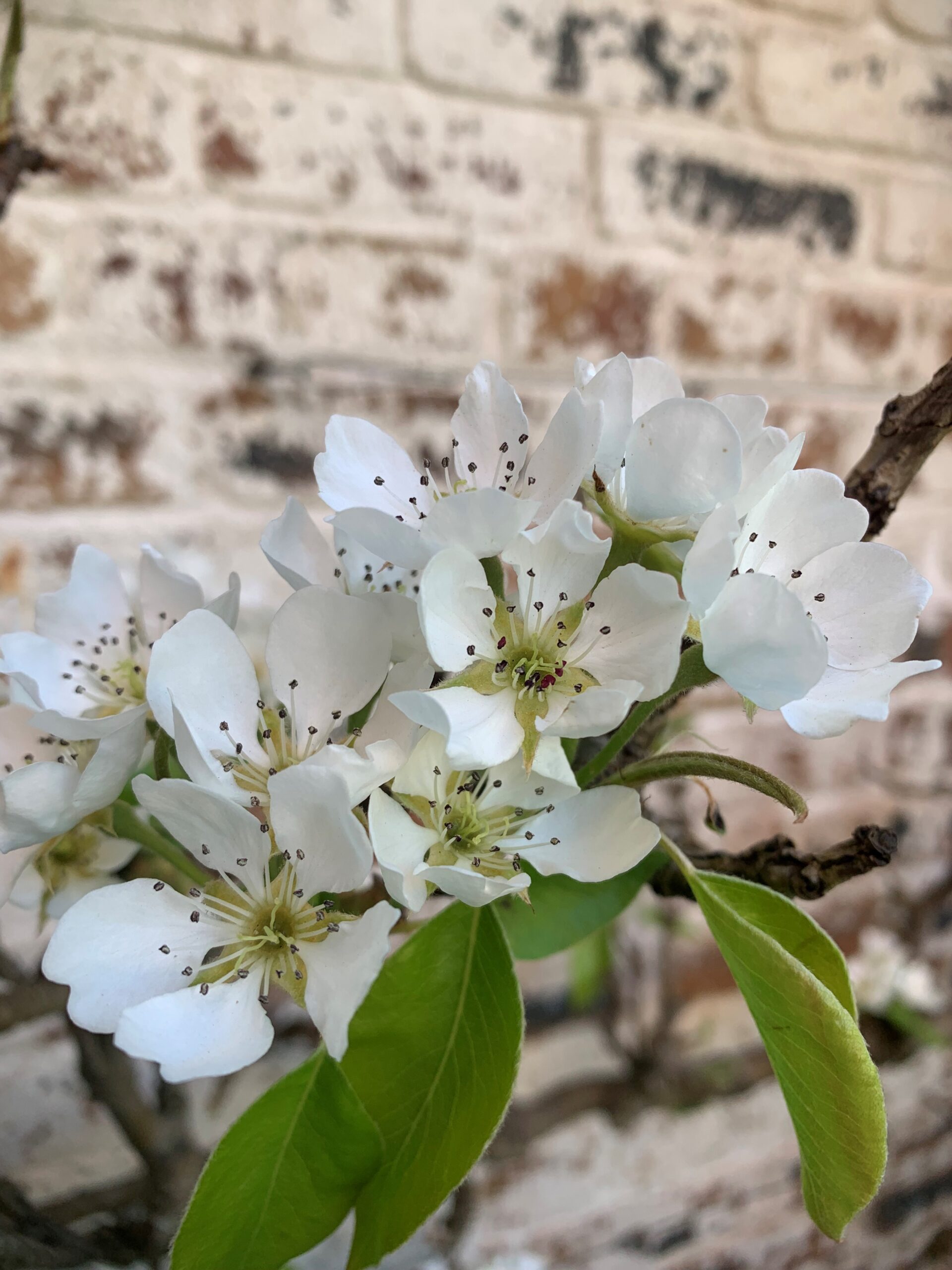
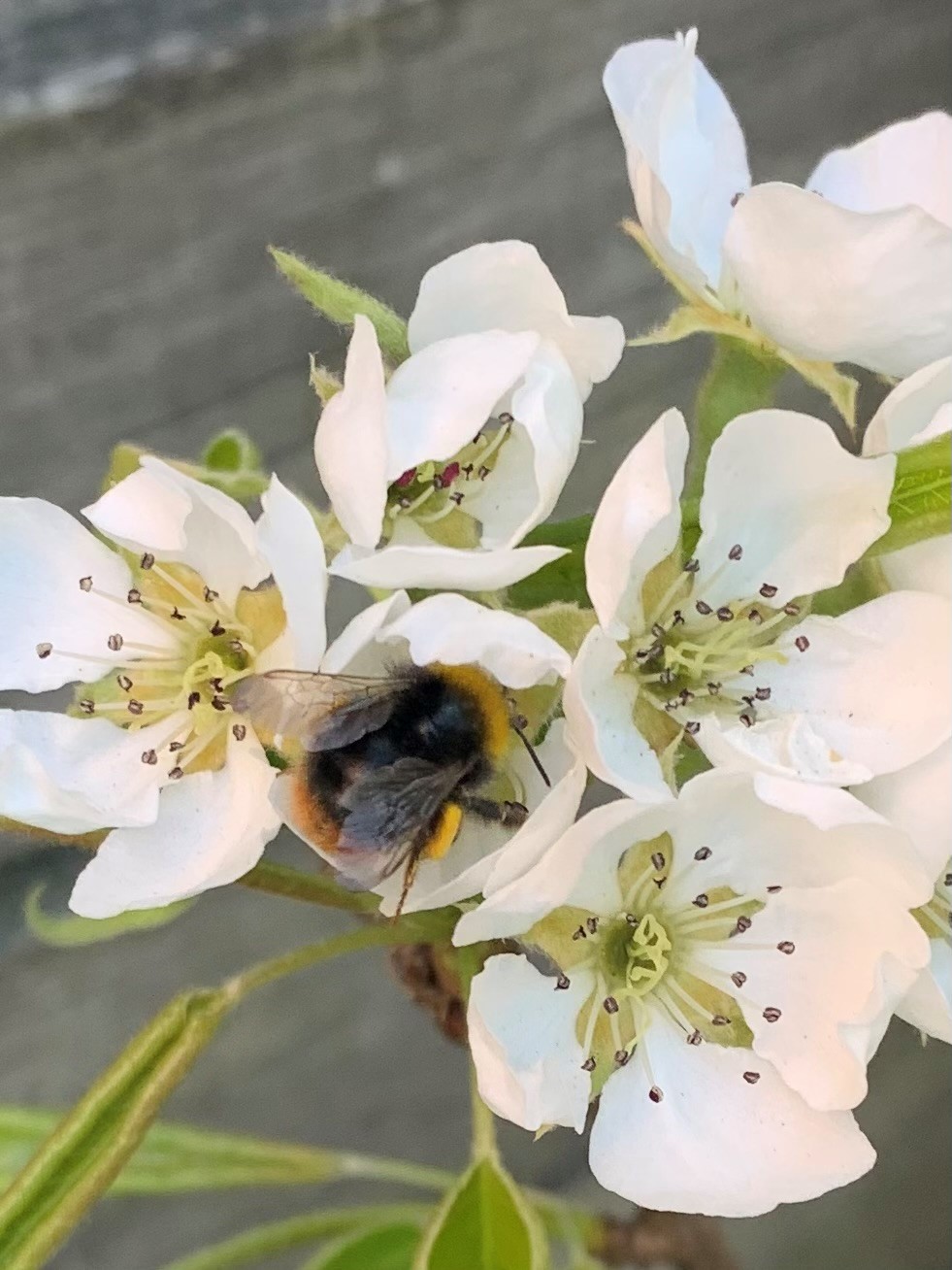
Seed sowing in the Gardens is now in full swing. We have sown some crops direct into the ground: peas, broadbeans, beetroot, spring onion and spinach beet, but some benefit from
starting their growing journey in the greenhouse in trays, pots and modules. Cucumbers and melon to grow on in the greenhouse, French beans, courgettes and sweetcorn to plant out when you can feel warmth in the soil and all risk of frost has passed.
‘Ne’er cast a clout til May’s oot’, in other words don’t pack away your warm clothes until the blossom on the May tree or Hawthorn is out!
Our wee tomato seedlings have been potted up, planting them deeply right up to the bottom leaf, as the buried stem will develop extra roots. As the young plants grow, they develop side shoots between the stem and the leaves. These will take extra energy away from the plant so it is best to pinch them off with thumb and finger first thing in the morning.
We also sow flowering plants to ensure the gardens are blooming from mid-summer onwards, great for pollinators as well as visitors. Annuals such as Calendula, French Marigold and Nasturtium are all easy to grow and great companion plants in the veg patch. Tender annuals such as cosmos and sunflowers will be planted in clumps and drifts throughout the borders and in planters and containers to enhance the overall planting. Biennials form a small plant in their first year and bloom the second year before setting seed and now is the time to think about sowing these seeds: wallflower, honesty, foxgloves, all provide early summer colour and with luck they will happily self-seed around the gardens, or we can collect seed to sow the following spring.
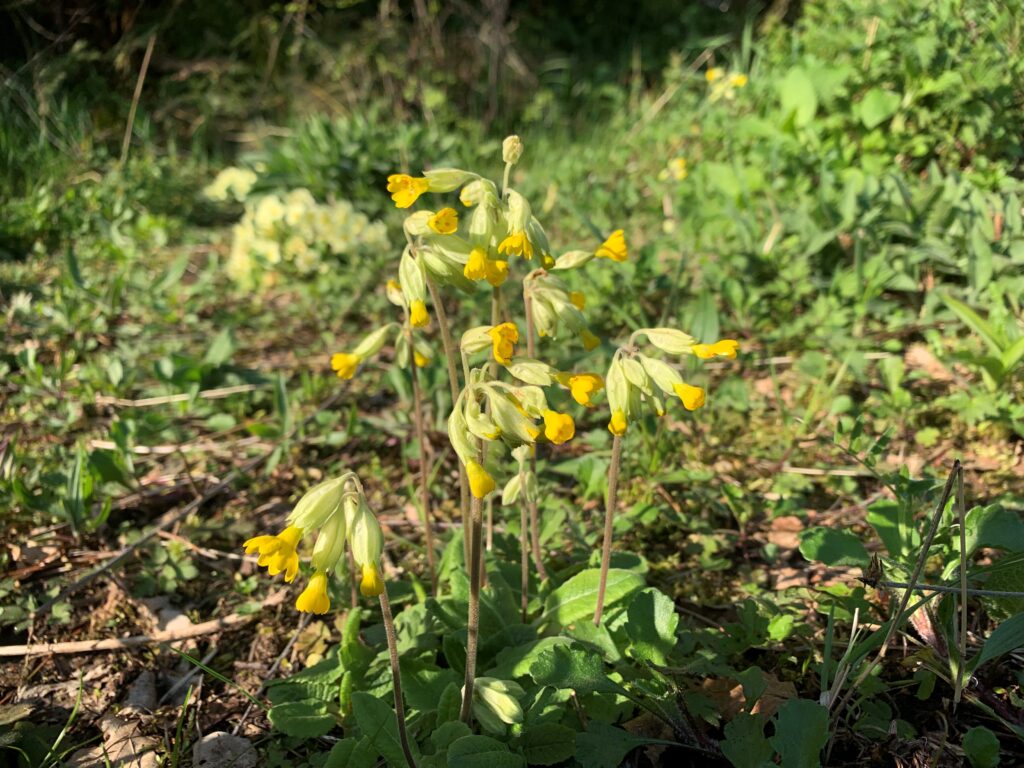
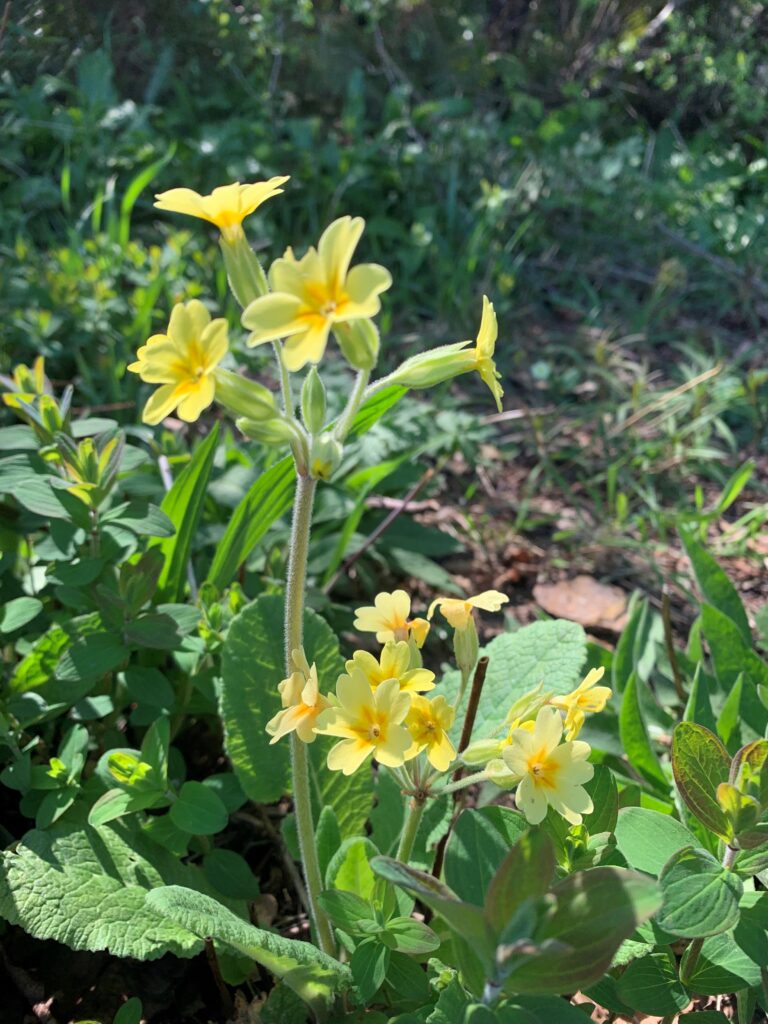
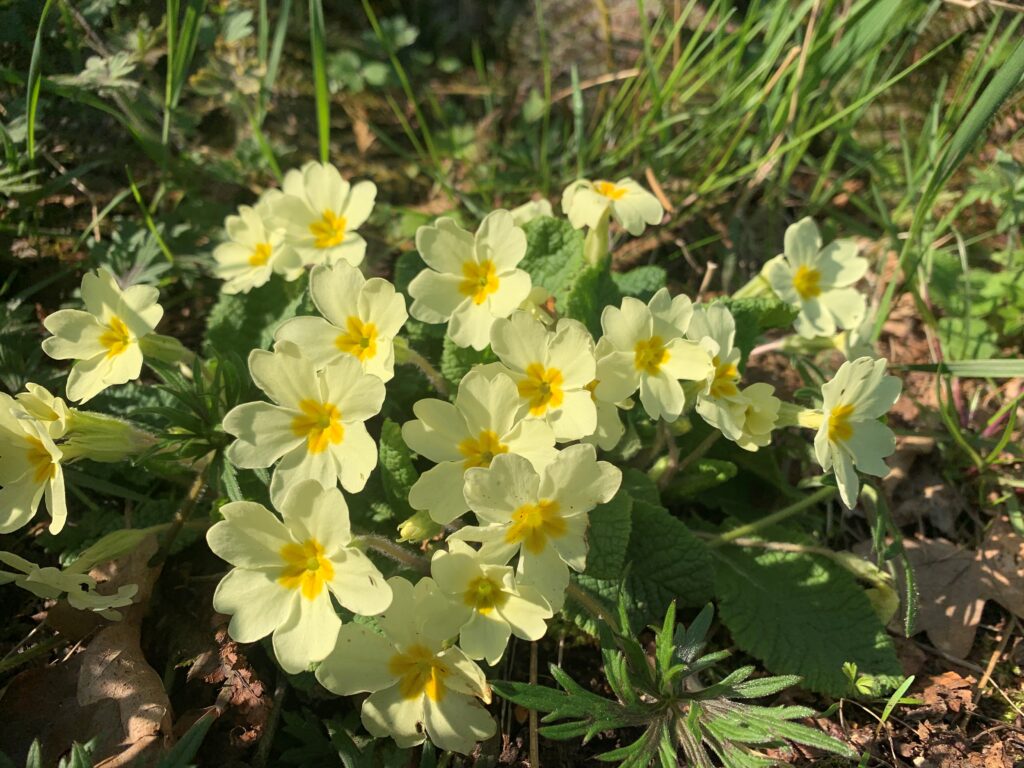
The Flowery Meadow has been planted up with a mix of native wildflowers, self-seeders and the odd random plant that has popped in from elsewhere in the Gardens! It is a joy to watch the plants gradually appearing over the weeks and we wait with anticipation to see how it evolves this year; which plants have seeded or spread, have any been lost, any new appearances. We do grow some plug plants to dot around the area and have recently planted Wild Carrot, Devil’s Bit Scabious, Vipers Bugloss and Kidney Vetch to increase diversity and provide food, shelter and habitat for wildlife. We counted 8 species in flower at the moment, with a highlight being the primrose, cowslip and oxslip all making an appearance!
Plant Kiosk
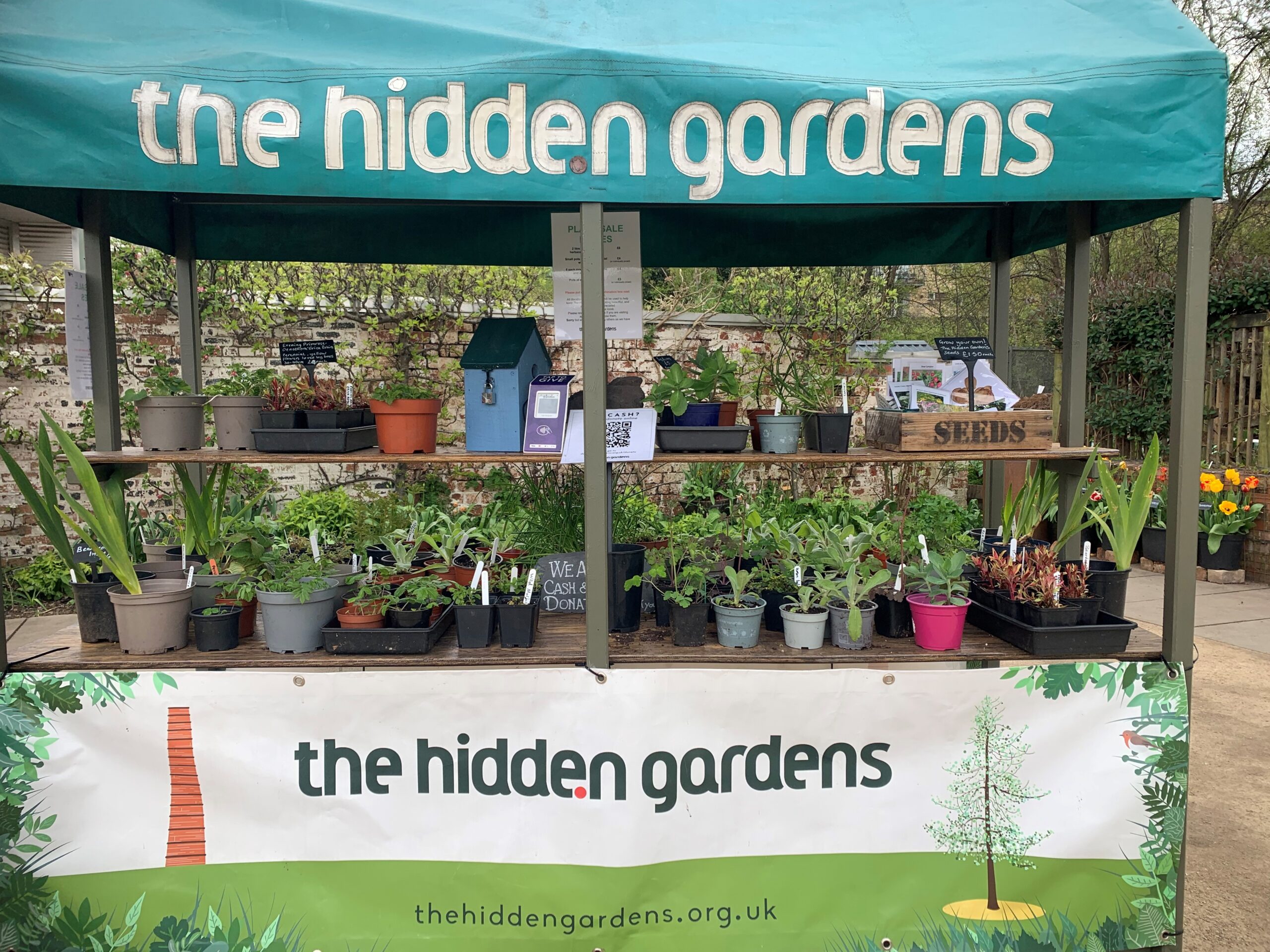
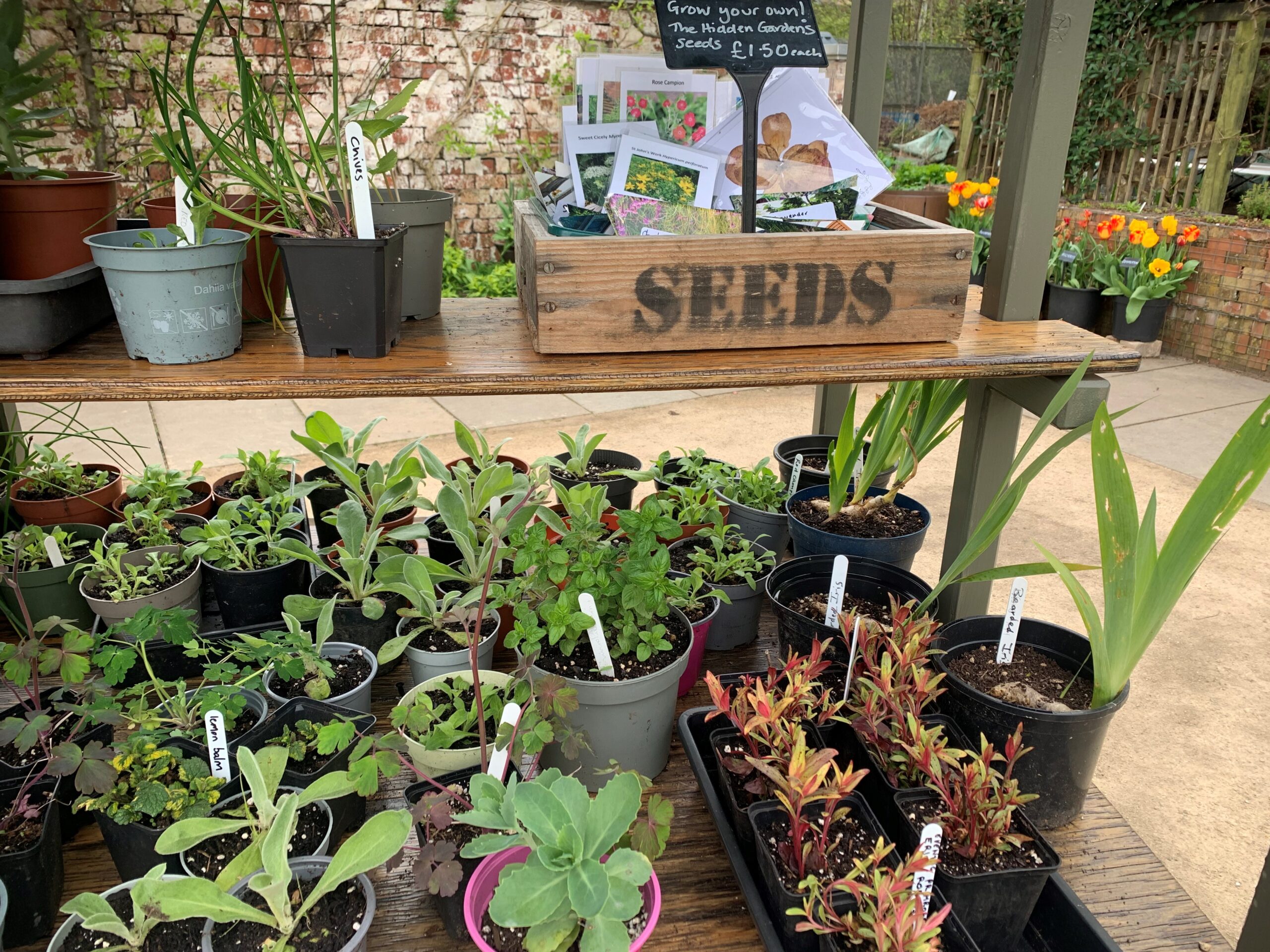
Our plant kiosk is back offering a variety of perennials, summer annuals, herbs and vegetable plants. All our plants are grown or propagated in peat free compost by ourselves, and all proceeds are used to maintain the Gardens for all to enjoy.
Nature Notes
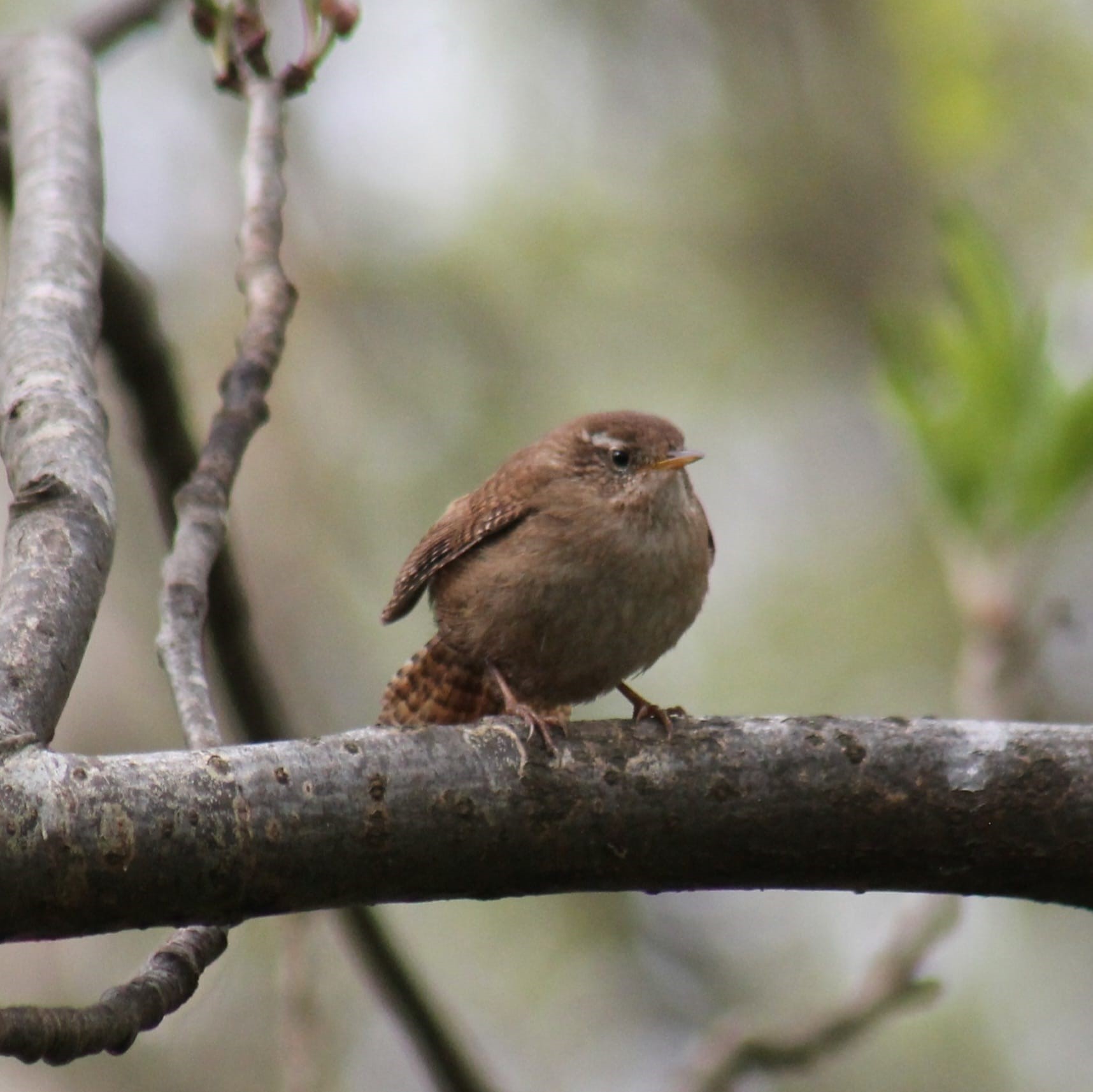
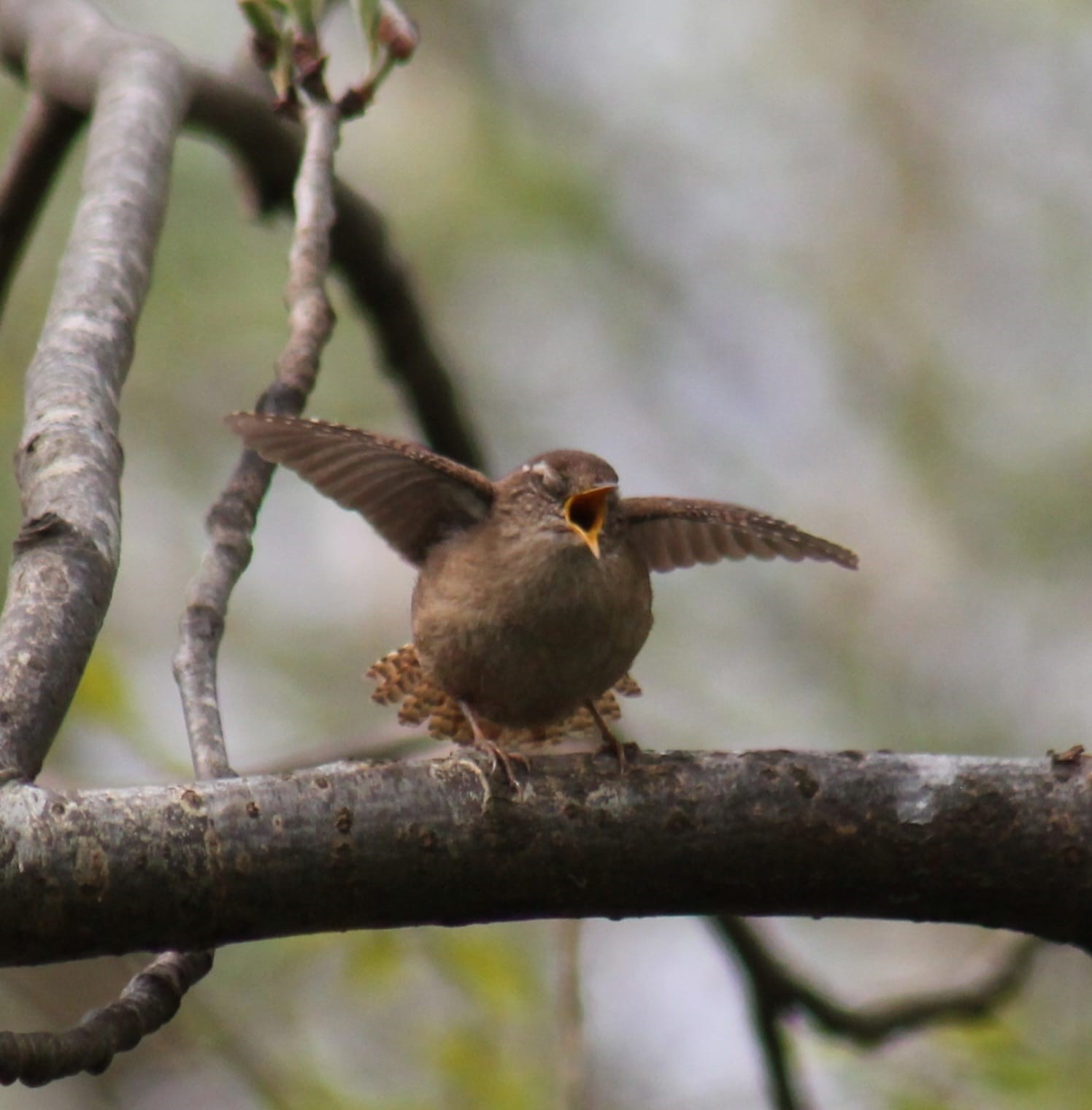
We have set up our first moth trap of the season with volunteer Richard Weddle from GNHS. Not a huge list but we did record the Early Grey, a first for The Hidden Gardens. You can find a full list of species recorded here on GNHS website Biodiversity Sites the West of Scotland (glasgownaturalhistory.org.uk).
We look forward to setting up the moth trap throughout the year and learning more about the moths of the hidden gardens.
Our birdclub met on the last Wednesday in April and we had a sunny morning listening to birdsong and spotting birds in the high trees or scurrying around the undergrowth. Highlights included the very cute young robin, and the very vocal tiny wren.
In all 13 species were counted including the declining greenfinches and visiting blackcaps.
No Mow May
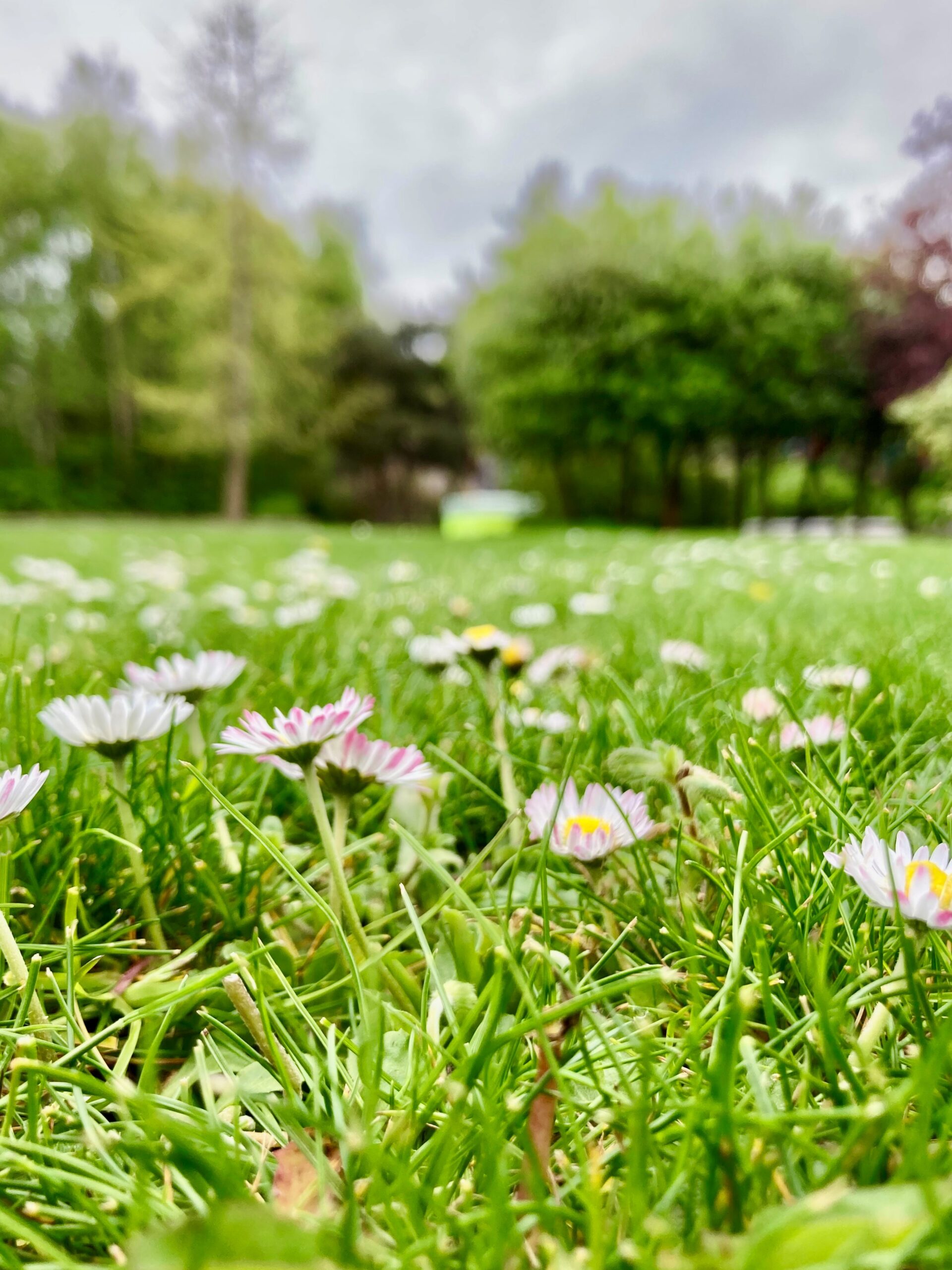
Our lawn plays a central role in the Gardens, as a place to meet, play and relax, but we want to make room for wildlife too and by carefully managing the space, we can ensure it is an oasis for all. Lawns have traditionally been strictly managed but we don’t need a ‘bowling green’ standard lawn, taking time and money and energy to maintain. A wilder lawn is much more interesting to us and beneficial for wildlife. A diversity of wildflowers will benefit bees and butterflies, provide shelter for caterpillars and beetles and other insects, which in turn feed birds and bats.
The climate crisis is causing dramatic changes to our weather patterns but lawns can play an important part in urban gardens, and its important we all learn to adapt.
We usually think of trees as important carbon sinks but grassy meadows and garden greenery capture and store carbon in our soils and are important part of climate action. Areas of grass stay cooler than concrete and paving, and lawns can soak up and filter rainwater, slowing run off and reducing flooding.
An established lawn should not need watering, and even if it looks parched and brown in dry weather, it will soon bounce back after a shower of rain. Longer grass will have deeper, stronger roots, making it more resilient to dry spells, as well as providing shady shelter for wildlife to escape the heat.
And by mowing less, we are cutting down on the carbon foot print of mowing too! Taking part in Take part in No Mow May – Plantlife is an ideal opportunity to discover exactly what is growing in your lawn. We plan to leave the whole lawn unmown through May, then leave strips uncut throughout the summer. You may want to try the same, or try a mown path through your developing meadow, or designate areas to mow every 3-4 weeks and leave some areas uncut until the end of summer. Lots of opportunity to experiment and discover the benefits of a wilder lawn!

